Grape Variety
Sauvignon-Blanc
"saw-vee-nyon blahnk"
Wine Styles
 Sparkling
Sparkling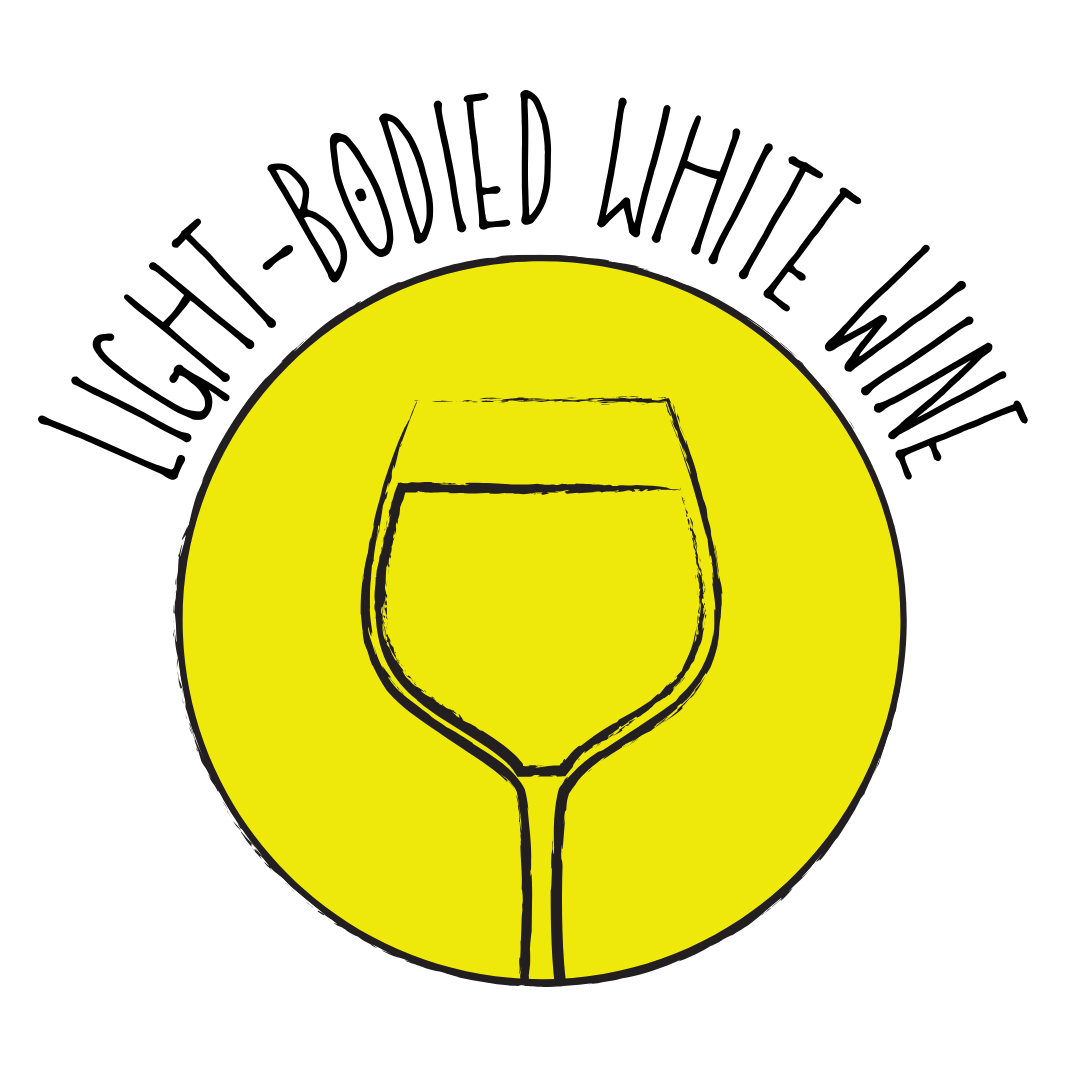 Light White
Light White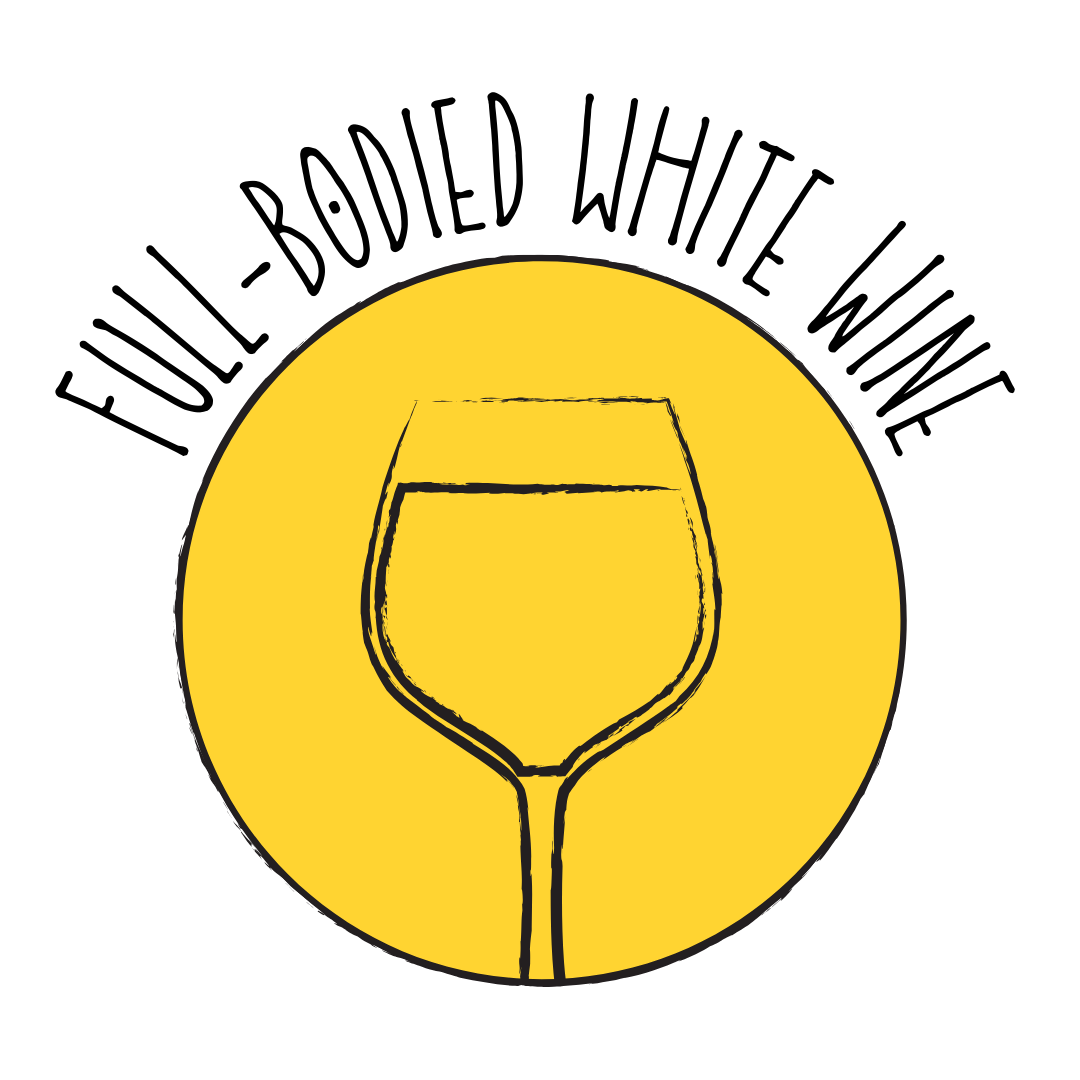 Full White
Full White Aromatic
Aromatic Rosé
Rosé Light Red
Light Red Medium Red
Medium Red Full Red
Full Red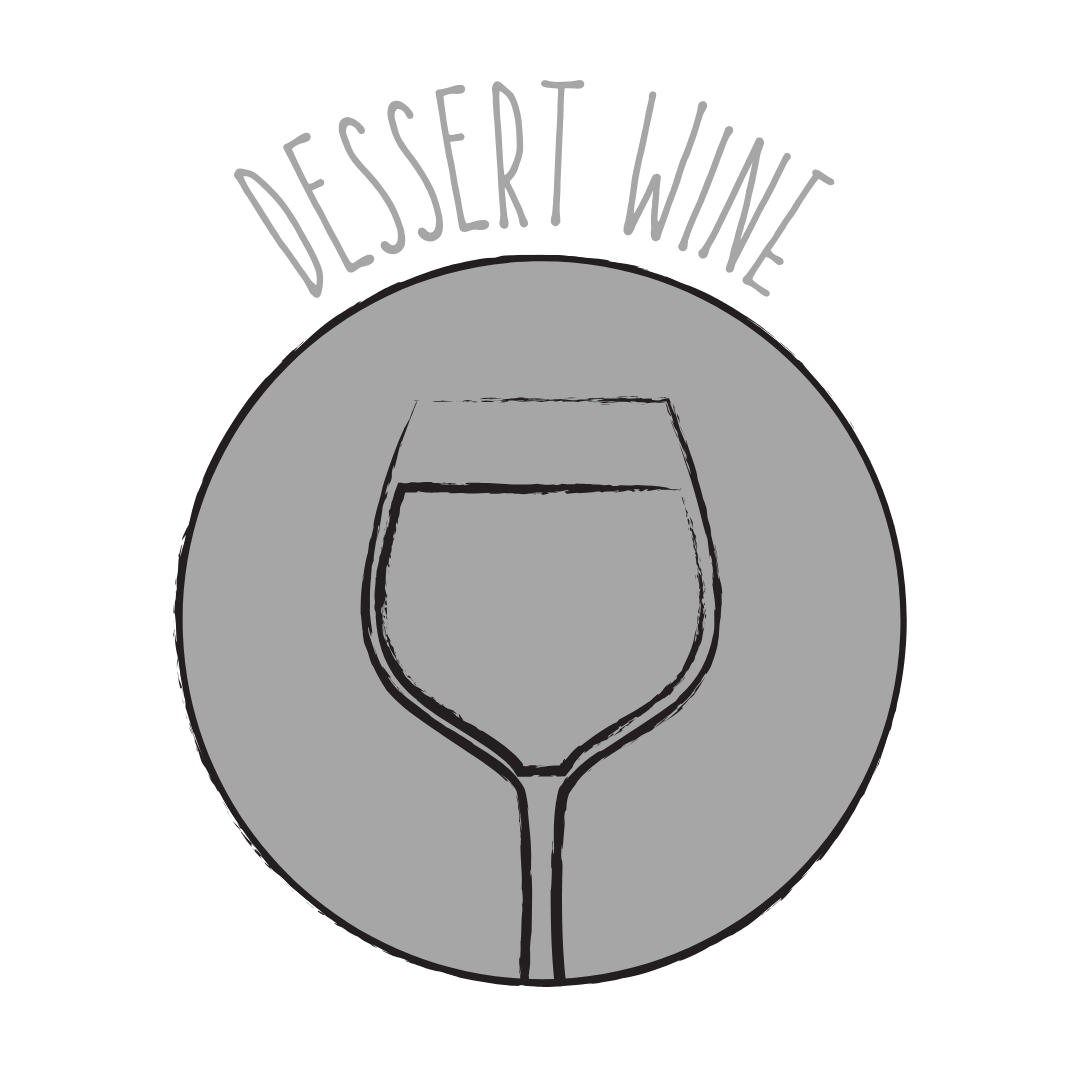 Dessert
DessertAbout Sauvignon-Blanc
Origin
Loire Valley and Bordeaux, France
History
Sauvignon Blanc is a green-skinned grape variety that originates from the Bordeaux region of France. The grape most likely gets its name from the French words sauvage ('wild') and blanc ('white') due to its early origins as an indigenous grape in South West France. It is possibly a descendant of Savagnin. Sauvignon Blanc is planted in many of the world's wine regions, producing a crisp, dry, and refreshing white varietal wine. The grape is also a component of the famous dessert wines from Sauternes and Barsac.
Appearance
Green-skinned berries with a thin skin, growing in loose clusters.
Growing Traits
Sauvignon Blanc is a vigorous vine that thrives in cooler climates, allowing it to maintain its characteristic acidity and aromatic profile. It is an early-ripening variety, which helps it retain its fresh and herbaceous flavors. The grape is susceptible to various hazards, including powdery mildew, oidium, black rot, and Botrytis cinerea.
Wine Characteristics
Body
2/5
Sweetness
1/5
Tannin
0/5
Acidity
4/5
Alcohol
3/5
Light to medium-bodied with a crisp and refreshing profile, characterized by high acidity. Typically vinified dry, though some off-dry and sweet styles exist, especially in dessert wines. Negligible tannin levels, as it is a white grape variety used in white wine production. High acidity, providing a zesty and vibrant character. Moderate alcohol content, generally ranging from 12% to 14%, depending on the winemaking style.
Taste Profile
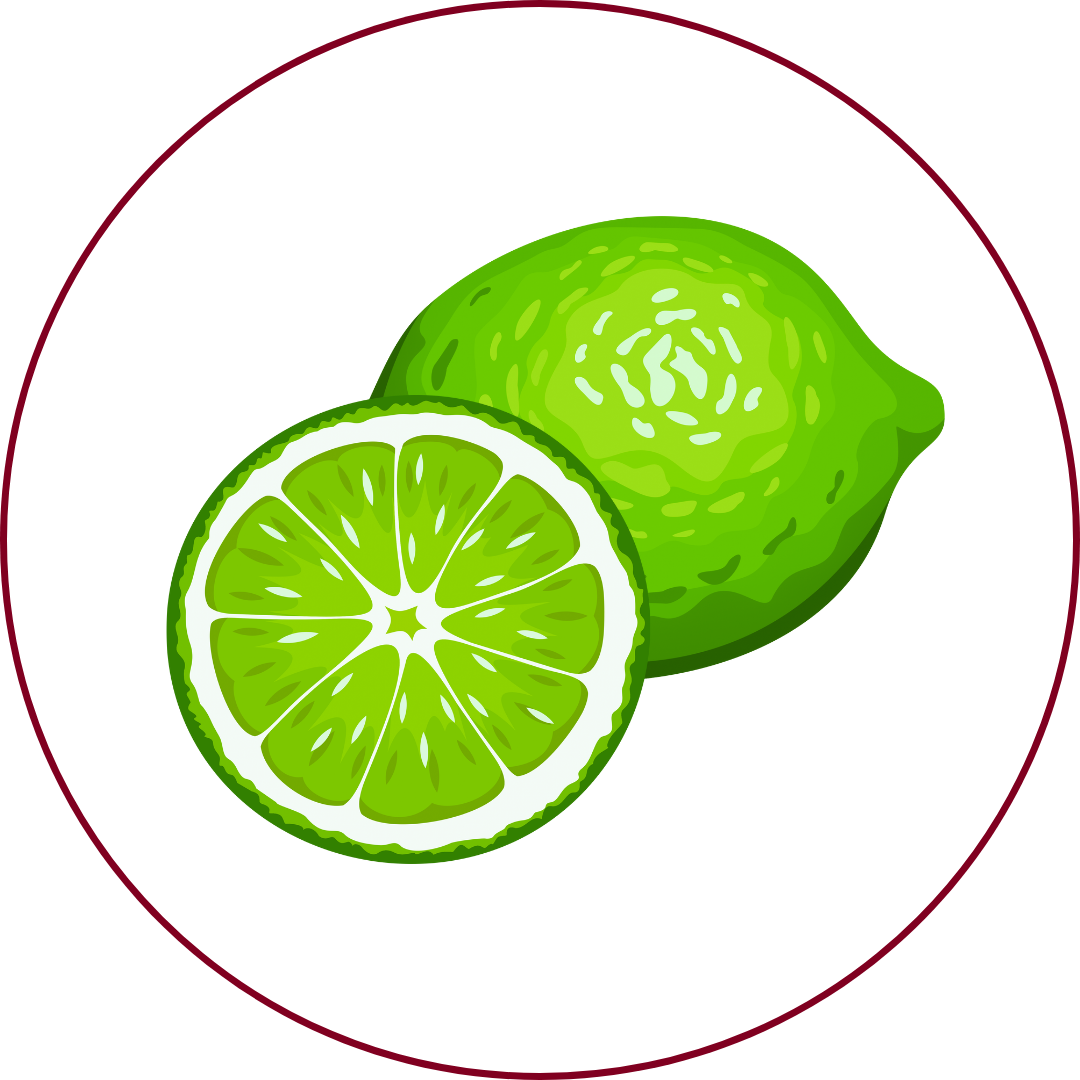
Lime

Gooseberry
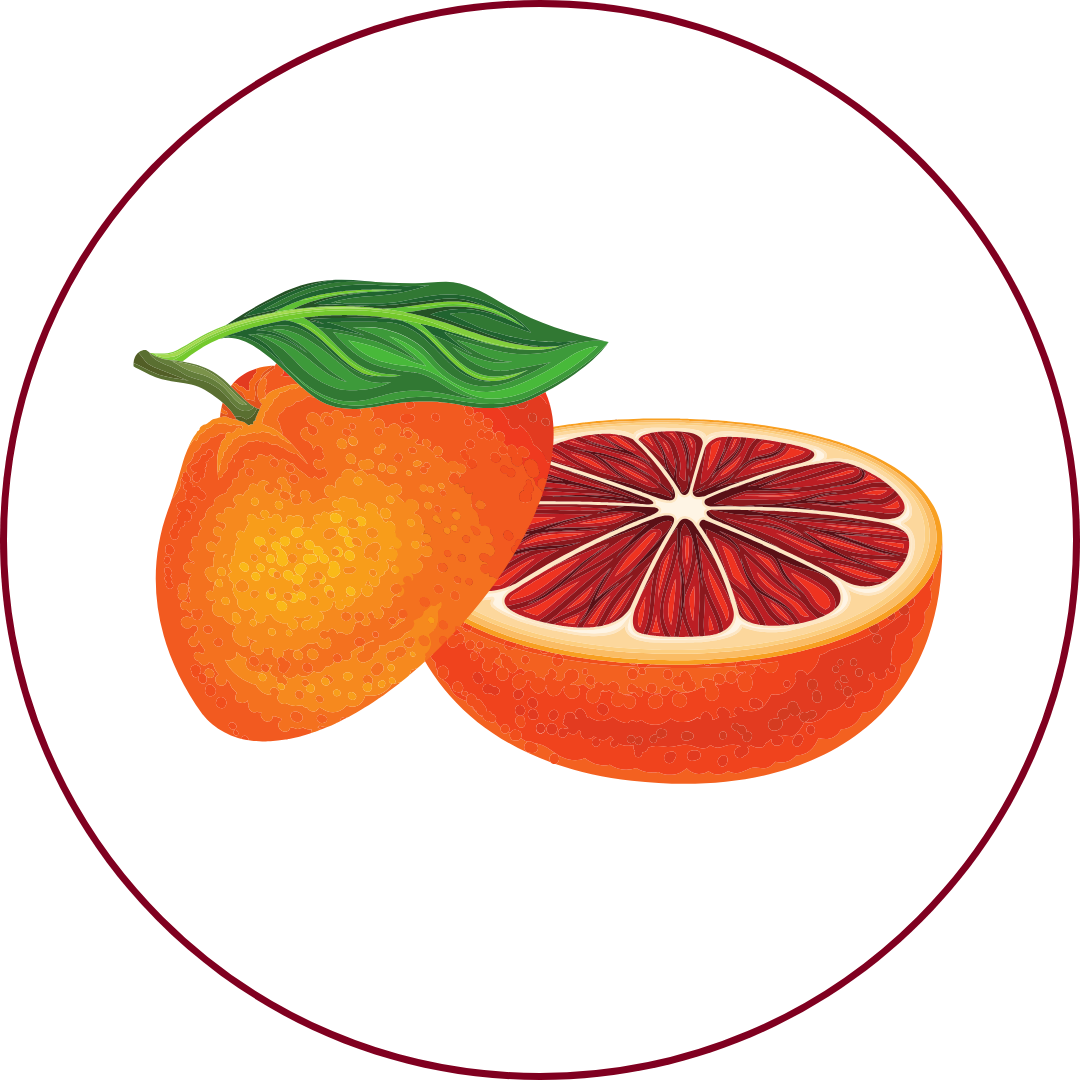
Grapefruit

Green bell pepper

Passion fruit
Sauvignon Blanc wines are celebrated for their aromatic intensity and refreshing acidity. In cooler climates, they often exhibit pronounced 'green' flavors such as grass, asparagus, and green apple. In warmer climates, the grape can develop more tropical fruit notes, including passion fruit and ripe pear. The wine's flavor profile can also include citrus notes like lime and grapefruit, along with herbaceous characteristics such as green bell pepper.
Food Pairing
Sauvignon Blanc's high acidity and vibrant flavors make it a versatile companion for various dishes. It pairs exceptionally well with seafood, particularly oysters and shellfish, as well as goat cheese and light salads. The wine's herbaceous notes complement dishes with green herbs, such as pesto pasta or dishes featuring asparagus. Its crispness also makes it suitable for pairing with spicy Asian cuisine.
Growing Regions

France
Loire ValleyBordeaux

New Zealand
Marlborough

United States
CaliforniaWashington

South Africa
StellenboschDurbanville

Chile
Casablanca Valley
Notable Wines & Producers
Sancerre
Domaine Vacheron
Domaine Henri Bourgeois
Pouilly-Fumé
Domaine Didier Dagueneau
Château de Tracy
Marlborough Sauvignon Blanc
Cloudy Bay
Villa Maria
Fumé Blanc
Robert Mondavi Winery
Ferrari-Carano
Sauvignon-Blanc FAQ
Common questions about this grape variety
What is the origin of Sauvignon-Blanc?
+
Loire Valley and Bordeaux, France
Is Sauvignon-Blanc wine full bodied?
+
Sauvignon-Blanc has a body level of 2 out of 5. Which means that Sauvignon-Blanc is Moderate to Light bodied.
Is Sauvignon-Blanc wine dry or sweet?
+
Sauvignon-Blanc has a dryness level of 1 out of 5. Which means that Sauvignon-Blanc is Dry.
Where is Sauvignon-Blanc wine from?
+
Loire Valley and Bordeaux, France
Where is Sauvignon-Blanc grown?
+
Sauvignon-Blanc is grown in France (Loire Valley, Bordeaux)New Zealand (Marlborough)United States (California, Washington)South Africa (Stellenbosch, Durbanville)Chile (Casablanca Valley).
What is Sauvignon-Blanc like?
+
Sauvignon Blanc wines are celebrated for their aromatic intensity and refreshing acidity. In cooler climates, they often exhibit pronounced 'green' flavors such as grass, asparagus, and green apple. In warmer climates, the grape can develop more tropical fruit notes, including passion fruit and ripe pear. The wine's flavor profile can also include citrus notes like lime and grapefruit, along with herbaceous characteristics such as green bell pepper.
What does Sauvignon-Blanc pair with?
+
Sauvignon Blanc's high acidity and vibrant flavors make it a versatile companion for various dishes. It pairs exceptionally well with seafood, particularly oysters and shellfish, as well as goat cheese and light salads. The wine's herbaceous notes complement dishes with green herbs, such as pesto pasta or dishes featuring asparagus. Its crispness also makes it suitable for pairing with spicy Asian cuisine.
What does Sauvignon-Blanc taste like?
+
Sauvignon Blanc wines are celebrated for their aromatic intensity and refreshing acidity. In cooler climates, they often exhibit pronounced 'green' flavors such as grass, asparagus, and green apple. In warmer climates, the grape can develop more tropical fruit notes, including passion fruit and ripe pear. The wine's flavor profile can also include citrus notes like lime and grapefruit, along with herbaceous characteristics such as green bell pepper.
Take Sauvignon-Blanc Knowledge with You
Access detailed grape profiles, tasting notes, and pairing suggestions on your iPhone.
Download on theApp Store